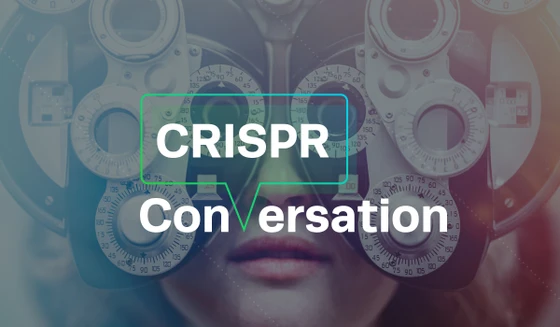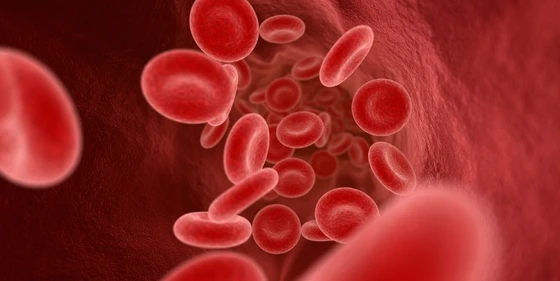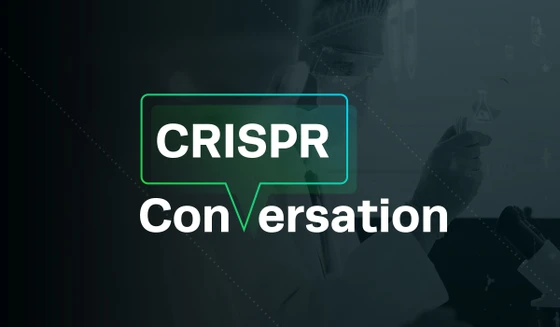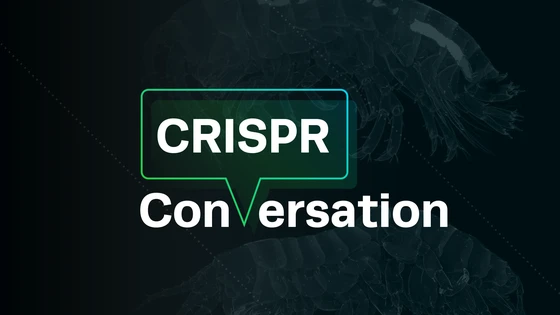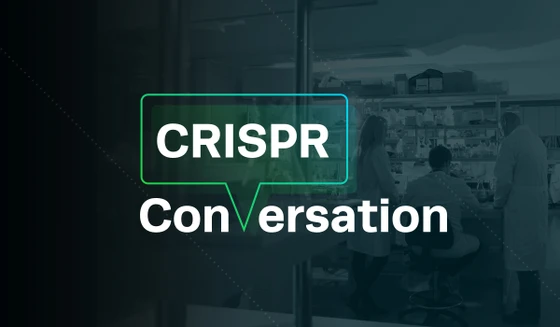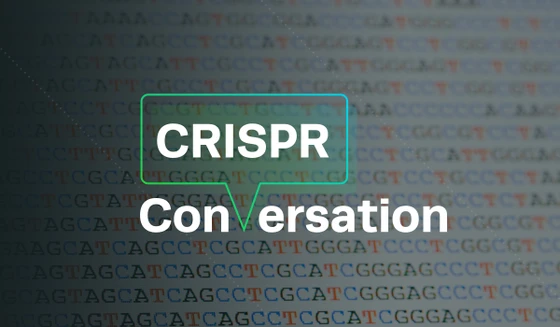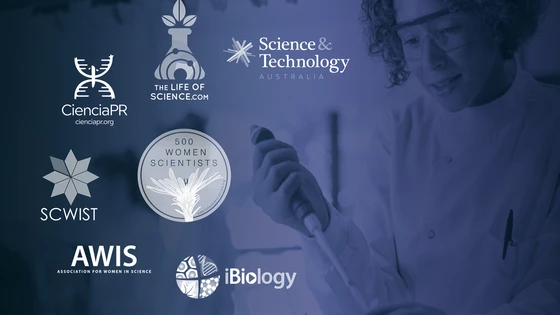CRISPR Conversations are our way of highlighting the amazing work being done by CRISPR researchers worldwide. We select scientists to cover based on the overall impact of their work using CRISPR for new applications that are moving their field forward.
Dr. Stephen Tsang at the Vagelos College of Physicians and Surgeons (Harkness Eye Institute) at Columbia University Irving Medical Center focuses on promoting photoreceptor cell survival using CRISPR. In a recently published paper, his team used CRISPR to treat retinitis pigmentosa, an inherited eye disorder that results in blindness due to breakdown of retinal cells, in mice.
In the future, Dr. Tsang aims to develop this approach for broadly treating different retinal degenerative diseases. "Genome surgery is coming," Dr. Tsang said in a press release. "Ophthalmology will be the first to see genome surgery before the rest of medicine." Read on to learn more about his research in this interview.
Announcement: Dr. Stephen Tsang will be speaking at our Genome Engineering Summit in NYC on Nov 21st. Register now.
Dr. Stephen Tsang Discusses CRISPR-based Therapeutics for Ocular Disorders
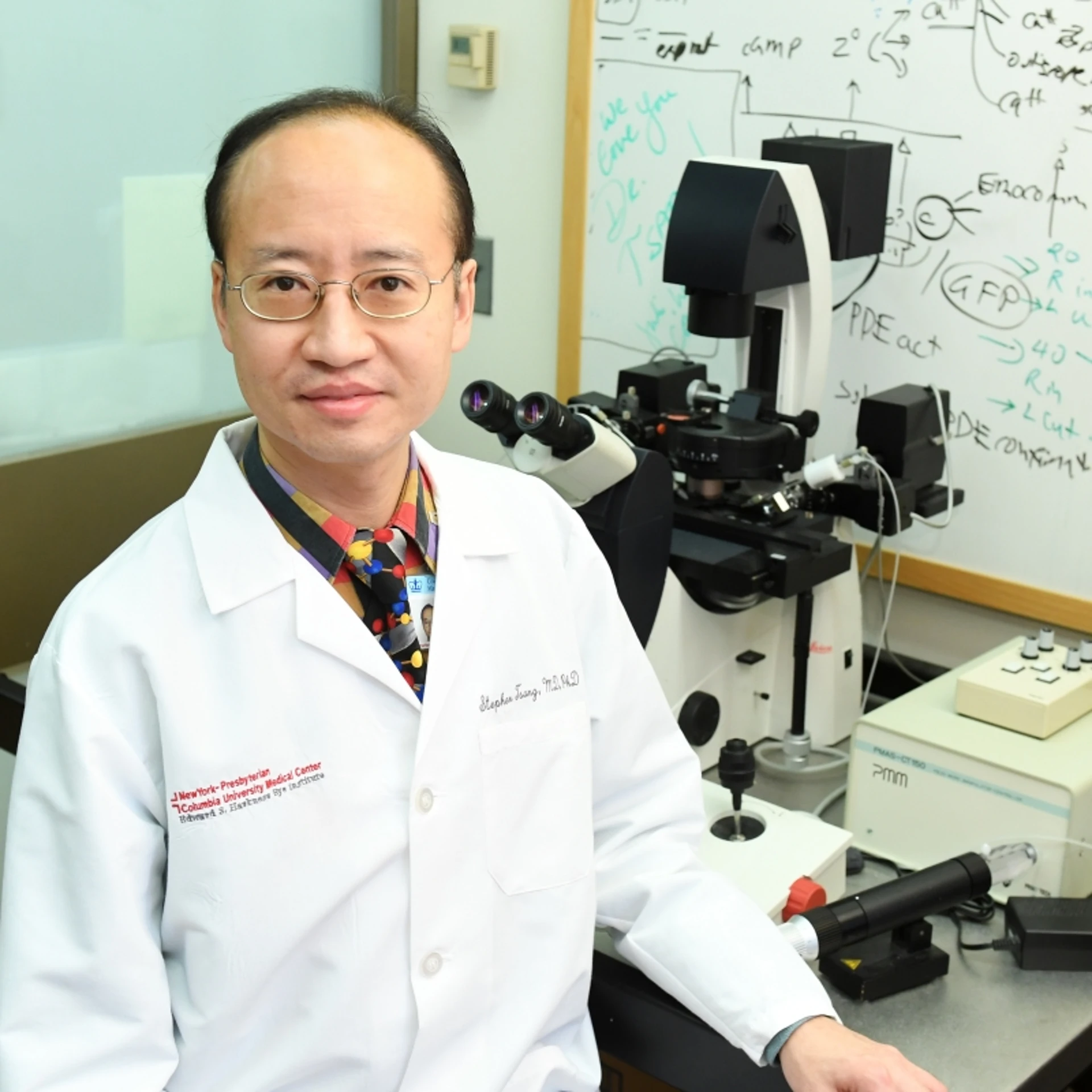
Kevin Holden: Can you tell us about your research and how it is translational being an MD, Ph.D.?Stephen Tsang: We are interested in generating patient-specific stem cell lines, and CRISPR is essential to make isogenic stem cell lines. We are also interested in patient-specific mouse models, and until CRISPR came along, it was not very cost effective to completely replace the mouse gene with human sequences. Another way we use CRISPR is in therapeutics, mostly to treat a dominant disorder. Currently this is in mice, but hopefully, it can be done in humans in the future.
Stephen Tsang: We are interested in generating patient-specific stem cell lines, and CRISPR is essential to make isogenic stem cell lines. We are also interested in patient-specific mouse models, and until CRISPR came along, it was not very cost effective to completely replace the mouse gene with human sequences. Another way we use CRISPR is in therapeutics, mostly to treat a dominant disorder. Currently this is in mice, but hopefully, it can be done in humans in the future.
KH: You currently are a practicing physician, so you see patients with eye diseases all the time. Are you sometimes thinking about which ones you could maybe apply gene therapies to?ST: Yeah, so we have ongoing gene therapy trials for rod monochromatism and different channel defects in the light sensing neurons.
Currently those are all recessive conditions, including the most recent medicare FDA approval for targeting RPE65 gene, which is a recessive form of early-onset of retinitis pigmentosa. Conventionally, in these therapies, we are using the gene as a drug, and we hope that in the near future CRISPR can be used for treating dominant disorders as well.
ST: Yeah, so we have ongoing gene therapy trials for rod monochromatism and different channel defects in the light sensing neurons.
Currently those are all recessive conditions, including the most recent medicare FDA approval for targeting RPE65 gene, which is a recessive form of early-onset of retinitis pigmentosa. Conventionally, in these therapies, we are using the gene as a drug, and we hope that in the near future CRISPR can be used for treating dominant disorders as well.
KH: Can you tell us a little bit about this research institute and how long you have been here?ST: I have been here for almost 3 decades. This is where I did my MD and Ph.D. training. The Harkness Eye Institute has been around for more than 8 decades, including the first application of laser to medicine. First corneal transplant in the US and some of the early retinal cell transplantation was all done at the Harkness Eye Institute. The design is that one wing is the eye hospital and the eye hospital is connected to the research lab. Hopefully, I can bridge both sides.
ST: I have been here for almost 3 decades. This is where I did my MD and Ph.D. training. The Harkness Eye Institute has been around for more than 8 decades, including the first application of laser to medicine. First corneal transplant in the US and some of the early retinal cell transplantation was all done at the Harkness Eye Institute. The design is that one wing is the eye hospital and the eye hospital is connected to the research lab. Hopefully, I can bridge both sides.
KH: Had you been using CRISPR before you started working on the gene therapies, or is CRISPR something that has let you be able to do that?ST: We did a couple of recessive treatments, mostly in phosphodiesterase enzyme complex on different subunits, alpha, beta, and gamma. CRISPR allows us to now think about some of the dominant disorders, and the most revolutionary aspect of CRISPR is ability to humanize the mouse (so the mouse now carries human sequences).
ST: We did a couple of recessive treatments, mostly in phosphodiesterase enzyme complex on different subunits, alpha, beta, and gamma. CRISPR allows us to now think about some of the dominant disorders, and the most revolutionary aspect of CRISPR is ability to humanize the mouse (so the mouse now carries human sequences).
CRISPR 101 eBook
CRISPR has quickly become a standard laboratory tool for gene editing. As the adoption of CRISPR accelerates worldwide, up-to-date knowledge of the basics of CRISPR is essential for anyone in the field. From target identification studies to the recent breakthroughs in clinical trials, CRISPR is enabling scientists to unlock the power of the genome.
Download our CRISPR 101 eBook today to stay up to date on all your CRISPR basics and get the best results in your CRISPR experiments!
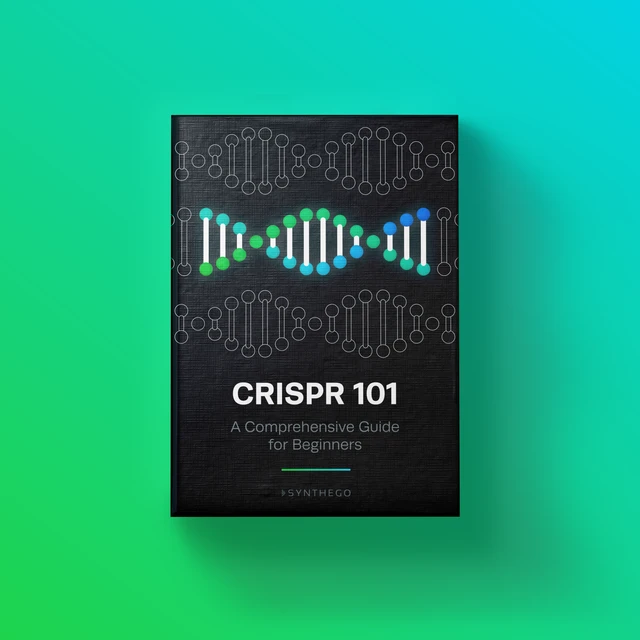
KH: When you first started doing gene editing, what kind of format were you using?ST: We started doing it in 1992. At that time, we used conventional 10 kb homology arm. Turned out that the phosphodiesterase gamma gene that I worked on became the first recessive form of retinitis pigmentosa created by gene targeting.
Since my time here we moved on from plasmid 10 kb homology arm. We did bacteria artificial chromosome recombineering for a while, and then 11 months of TALENs. Then, of course we found out that CRISPR is the most versatile tool.
ST: We started doing it in 1992. At that time, we used conventional 10 kb homology arm. Turned out that the phosphodiesterase gamma gene that I worked on became the first recessive form of retinitis pigmentosa created by gene targeting.
Since my time here we moved on from plasmid 10 kb homology arm. We did bacteria artificial chromosome recombineering for a while, and then 11 months of TALENs. Then, of course we found out that CRISPR is the most versatile tool.
KH: When you first started using CRISPR, what kind of format did you use? Was it plasmids?ST: Yes, we were transcribing T7 to make guide RNA.
ST: Yes, we were transcribing T7 to make guide RNA.
KH: So you were making guide RNA using T7, and then would you just use the RNP (ribonucleoprotein) format that way?ST: We completely switched for small alterations in the genome, as we can do direct oocyte injection with RNPs. But for larger pieces, more than 2 kb, we have to use embryonic stem cells.
For small permutations, used to be almost a year or two-year project, because embryonic stem cells are sometimes difficult to get germline transmission. So engineering and running stem cell, and then getting germline transmission could be a year or two process, but now with CRISPR directly injecting into oocyte, we can skip the embryonic stem cell stage, and then it becomes a three week project for knock-in.
ST: We completely switched for small alterations in the genome, as we can do direct oocyte injection with RNPs. But for larger pieces, more than 2 kb, we have to use embryonic stem cells.
For small permutations, used to be almost a year or two-year project, because embryonic stem cells are sometimes difficult to get germline transmission. So engineering and running stem cell, and then getting germline transmission could be a year or two process, but now with CRISPR directly injecting into oocyte, we can skip the embryonic stem cell stage, and then it becomes a three week project for knock-in.
KH: Right, so just to verify, that is for doing engineering in mouse models. For engineering of cell lines and the IPSCs, the RNP is what you are using now, right?ST: Yes, we use the RNP. It used to be more painful with plasmids.
ST: Yes, we use the RNP. It used to be more painful with plasmids.
KH: Was that because the efficiencies were so low with the plasmids versus the RNPs?ST: We used drug selection, which we don’t need with RNPs. Genome surgery always gives a scar; with RNP, it becomes scarless.
ST: We used drug selection, which we don’t need with RNPs. Genome surgery always gives a scar; with RNP, it becomes scarless.
KH: When did you first hear about Synthego?ST: About two years ago, at Cold Spring Harbor.
ST: About two years ago, at Cold Spring Harbor.
KH: Since you have started using the synthetic guides that Synthego makes, how has it benefited your research and your workflow?ST: We used to make the T7, purify it, and still at that time, we were still not sure if it's better to use phenol-chloroform or put it through a column. There was also variability of the T7 made guide, but now the variability is completely removed using Synthego’s guide RNA.
ST: We used to make the T7, purify it, and still at that time, we were still not sure if it's better to use phenol-chloroform or put it through a column. There was also variability of the T7 made guide, but now the variability is completely removed using Synthego’s guide RNA.
KH: Lastly, what is your favorite thing about Synthego?ST: Good customer service!
ST: Good customer service!
